Marker 101: Glossary Terms

Have you ever wondered why there are so many different kinds of markers available? From dry erase to ink to paint, there are many you can use in any given situation. That doesn’t mean, though, that each marker is right for the job at hand. Below we have compiled a list of important terms that will help you understand not only what goes into making a marker a marker, but also help you select the qualities you need in a marker so you can choose the one that is best for the task you are working on.
- Bullet– Rounded tip creates precise, bold, and clean marks.

- Capillary– The method in which most ink markers both hold and deliver their contents to the tip of the marker. Inside the marker, the tip is pressed into a saturated bladder and ink is continually drawn out of the marker by way of capillary action until no more usable ink remains.
- Certified Markers– Markers that have been individually tested by a 3rd party testing facility and guaranteed to meet low levels of Chlorides, all Halogens, some Low-Melting Point Metals, and Sulfur. These are certified to meet many U.S.A. and International nuclear and military specifications.
- Chisel– Marker tip produces both fine and broad marks on almost any surface.

- Clip-cap – Easy-to-grip, self-storing cap with pocket clip that protects marker tip for longer life and stores easily in pocket.
- Dry Erase– A marker that produces temporary marks that can be quickly and easily wiped off from most non-porous surfaces without ghosting or leaving a residue.
- Industrial Markers– Specially designed markers that are engineered to meet the needs of industrial users in high-performance industrial environments, and utilize specialty formulations for specific materials or performance needs.
- Ink– A liquid that is comprised of dyes, and sometimes pigments, that dries quickly to stain surfaces to leave a lasting mark. Inks are most effectively used on porous surfaces such as wood, paper, cardboard, and textiles since they are absorbed quickly, but are susceptible to UV-light and less resistant to cleaners or weather.
- Ink Markers– The most commonly-used type of marker in the world, industrial-grade ink dries quickly to leave bold, smear- and water-resistant marks on almost any surface.
- Liquid Paint– Hand-held markers that hold paint instead of ink, to allow for a more durable mark, brighter and more durable color, and typically dries in less than one minute. They can be found in many different formulation for various surfaces, applications, or levels of permanence.
- Low Corrosion – Markers that have been tested and approved to be low in chlorides, halogens, and other corrosion causing chemicals. Unlike Certified products, these products are not batch tested.
- Marking Life– Duration of time a mark is legible.
- Marking Range– Spectrum of surface temperatures a mark will adhere to.
- Nib– Also often called “tip”, this is the fiber end of a marker that is touched to a surface to leave a mark.
- Paint – Either a liquid or a solid composition that dries and binds onto a surface to protect or color. Paints are primarily comprised of three components; solvents to keep the paint from hardening until applied, pigments for color, and resins to stick the marker to the surface. Because paints utilize both pigments and resins unlike most inks, they offer superior color and weather-, wear-, and UV-resistance.
- Permanent– Formulas that are designed to offer long-lasting marks, which cannot be easily removed when applied.
- Pigment – A material that changes the color of light reflected off of it, and what gives most paints their color. Because most pigments are finely-ground powders and not a liquid dye, they aren’t affected by UV-light and will maintain their color even in long-exposure.
- PrismaLock™– Industry-leading technology that locks in color for bright, bold marks that can withstand temperatures of up to 1,800°F (982°C).
- Removable–Marks can be quickly and easily washed off of any non-porous surface without ghosting or leaving a residue.
- Resin– In markers, resins are utilized to chemically bind a mark to the surface it is written on. Industrial-grade paint markers are engineered with more aggressive resins to offer longer mark life and enhanced resistance to wear, abrasion, and other chemicals.
- Solid Paint– Versatile marker combines the durability of real paint in the convenience of a crayon for marking on most surfaces. Because they lack a fiber tip, solid paint markers are ideal for use on both smooth and extremely rough surfaces.
- Solvent– A chemical that dissolves other materials to turn them into solutions. Solvents are used in markers to keep paints and inks in a liquid state, and create the sometimes strong smell associated with these products. Although common in the past, many markers are now made without Xylene, a solvent that has been identified to possibly cause severe health risks.
- Temporary– Markers that can provide durable and easy-to-read marks, but don’t utilize a resin for added durability. Although they are not engineered to be easily removed, they don’t have the long marking life of permanent markers.
- Valve Action/Valve-actuated – Most felt-tip liquid paint markers utilize a valve-actuated tip to control the flow of paint in a marker. The nib of the marker is held in a spring-loaded valve and, when pushed, opens the valve that allows paint to flow into the tip. This component helps to ensure control of the paint flow and to keep it from drying out.
- Volatile Organic Compounds (VOC’s)– A group of chemicals that vaporize or evaporate at very low temperatures. The smell generated from most markers is produced by VOC’s. Many paints are trying to limit the amount of VOC’s produced as they can contribute to ground-level ozone and more dangerous working conditions.
- Wax Crayons– Formulated for weather- and fade-resistant marking on indoor and outdoor surfaces. Although suitable for smooth surfaces, wax crayons are ideal for rough surfaces such as timber, lumber, concrete, and rough steel when permanent marks are not needed.
- Xylene-free – At one time, Xylene was one of the most commonly used solvents in paints and inks. Because it often contains other very dangerous chemicals such as ethyl benzene, tolune, and trimethyl benzene (all carcinogenic and reproductive-harm causing compounds) exposure is recommended to be limited as much as possible. Xylene-free paint formulas help to reduce user health concerns.
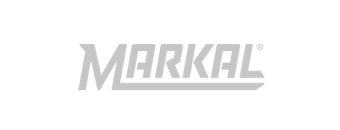

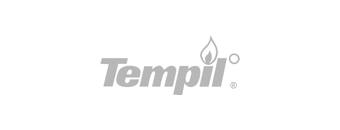
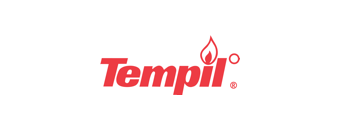

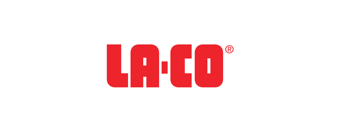
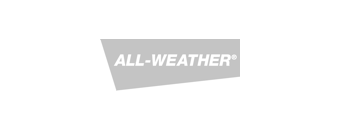
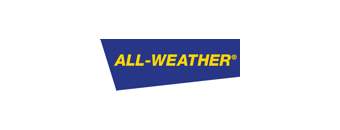











Comments 1
Herbert Schuster
Regarding your page Marker 101: Glossary Terms
It is a pleasure to find such comprehensive information about matters that most manufacturers leave without any explanation at all or hold for self-evident, e.g. such made-up, completely senseless, product characteristics like, say, “haglanized quality” or “with siltor components”, and asked for the meaning, they declare, it´s a registered Trademark or it means “something very special” and similar rubbish.
So, once again, thank you for your sufficient explanations.